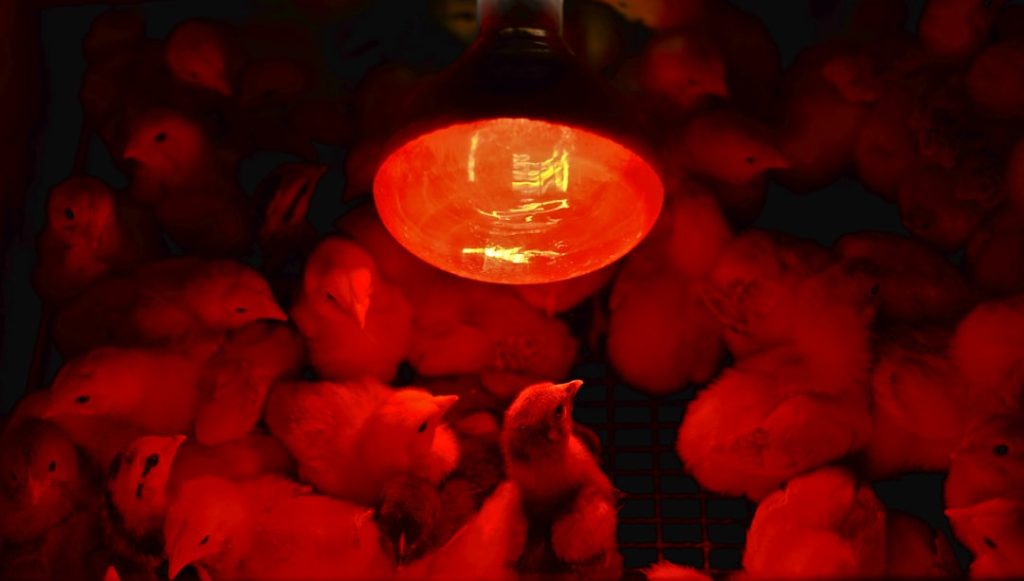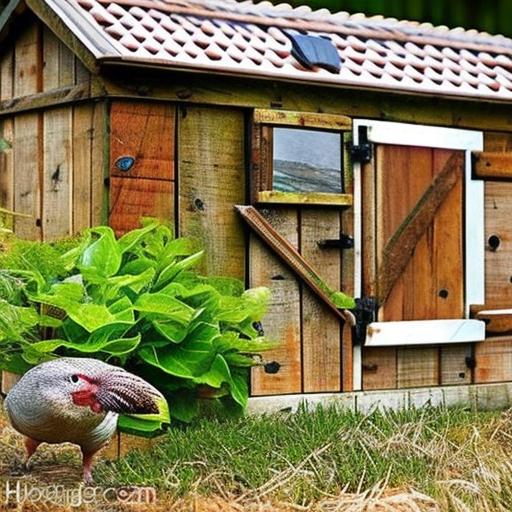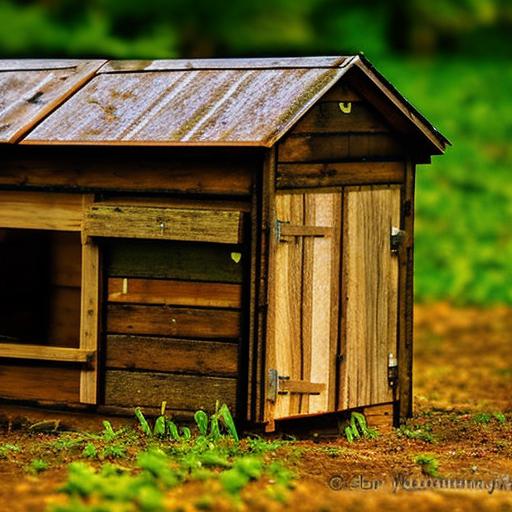Chickens have specific requirements that must be met for their well-being, particularly during winter. These include:
1. Shelter from cold temperatures and harsh weather conditions
2.
Protection from snow and ice
3. Access to fresh, unfrozen water
4. A warm and dry environment to prevent illness and stress
5.
Increased food intake to maintain body temperature and energy levels
Chickens are vulnerable to cold temperatures due to their limited ability to regulate body heat in extreme weather. Providing a warm, dry shelter is crucial for protecting them from the elements. Constant access to fresh water is essential, as dehydration can occur rapidly in freezing conditions.
During winter, it’s important to closely monitor chickens’ behavior and health, as they may be more susceptible to illness and stress. By addressing these specific needs, chicken owners can ensure their flock remains healthy and comfortable throughout the colder months.
Table of Contents
- 1 Providing proper shelter for chickens in the snow
- 2 Insulating the chicken coop
- 3 Using heat lamps or heaters safely
- 4 Providing extra bedding for warmth
- 5 Ensuring access to fresh water in freezing temperatures
- 6 Monitoring the health and behavior of chickens in the snow
- 7 FAQs
- 7.1 How can I keep my chickens warm in the snow?
- 7.2 What should I consider when building a coop for my chickens in snowy conditions?
- 7.3 Are there specific breeds of chickens that are better suited for snowy climates?
- 7.4 Should I use heat lamps or heated pads to keep my chickens warm in the snow?
- 7.5 How can I ensure my chickens have access to fresh water in snowy conditions?
Key Takeaways
- Chickens need extra care and attention in winter to stay healthy and comfortable
- Proper shelter is essential to protect chickens from the cold and snow
- Insulating the chicken coop can help maintain a comfortable temperature
- Heat lamps or heaters can be used, but safety precautions must be taken
- Extra bedding can provide additional warmth for chickens in the winter
- Access to fresh water is crucial, so it doesn’t freeze in the cold
- Regularly monitor the health and behavior of chickens to ensure they are coping well with the winter conditions
Providing proper shelter for chickens in the snow
Insulation and Draft-Free Coop
The chicken coop should be well-insulated and draft-free to protect the birds from the cold. This can be achieved by sealing any gaps or cracks in the walls and windows, as well as adding insulation to the roof and walls.
Ventilation and Moisture Prevention
It’s also important to ensure that the coop is well-ventilated to prevent moisture buildup, which can lead to frostbite and respiratory issues. The coop should be raised off the ground to prevent snow and moisture from seeping in, and the floor should be covered with a thick layer of bedding for warmth and comfort.
Outdoor Space and Snow Removal
In addition to a well-insulated coop, it’s important to provide a covered outdoor area where the chickens can still move around and get fresh air without being exposed to the snow. This can be achieved by attaching a run or covered area to the coop, or by providing a separate sheltered space for the birds to roam. Regularly clearing snow from the roof of the coop and any outdoor areas is also crucial to prevent collapse and ensure that the chickens have space to move around.
By providing proper shelter for chickens in the snow, you can help them stay warm, dry, and healthy throughout the winter months.
Insulating the chicken coop
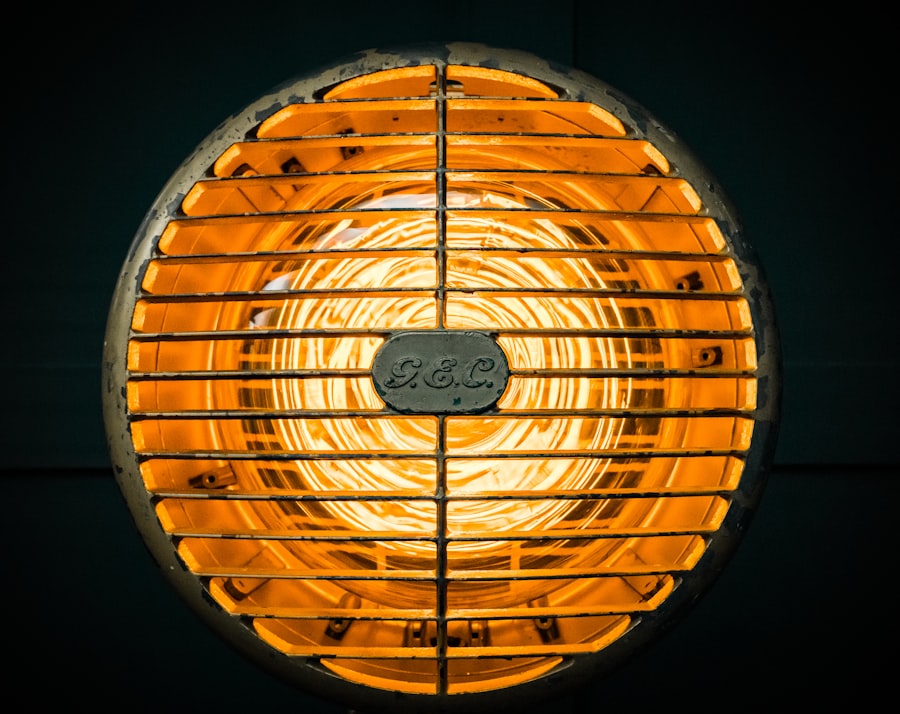
Insulating the chicken coop is essential for keeping the birds warm and comfortable during the winter months. There are several ways to insulate a coop, including adding insulation to the walls, ceiling, and floor. This can be done using materials such as foam board, fiberglass insulation, or even recycled denim insulation.
It’s important to ensure that any insulation used is non-toxic and safe for chickens, as they may peck at or ingest it. Additionally, it’s important to seal any gaps or cracks in the coop to prevent drafts and moisture from entering. Another important aspect of insulating the coop is ensuring that it is well-ventilated.
While insulation is important for retaining heat, proper ventilation is crucial for preventing moisture buildup, which can lead to frostbite and respiratory issues. This can be achieved by adding vents or windows that can be opened and closed as needed. By insulating the chicken coop properly, you can help maintain a comfortable temperature for the birds while also preventing moisture buildup and drafts.
Using heat lamps or heaters safely
In some cases, especially in extremely cold climates, it may be necessary to use heat lamps or heaters to keep the chicken coop warm during the winter months. However, it’s important to use these devices safely to prevent fires and injuries. When using heat lamps or heaters, it’s crucial to ensure that they are securely mounted and positioned away from any flammable materials such as bedding or nesting materials.
It’s also important to regularly check the cords and bulbs for any signs of wear or damage, and to replace them as needed. Additionally, it’s important to use heat lamps or heaters with built-in safety features such as automatic shut-off switches in case of overheating or tipping. It’s also important to monitor the temperature in the coop regularly to ensure that it remains within a safe range for the chickens.
By using heat lamps or heaters safely, you can provide additional warmth for your flock without putting them at risk of injury or harm.
Providing extra bedding for warmth
During the winter months, it’s important to provide extra bedding in the chicken coop to help keep the birds warm and comfortable. This can be achieved by adding a thick layer of straw, hay, or wood shavings to the floor of the coop, as well as nesting boxes and roosting areas. The bedding should be kept clean and dry, as damp bedding can lead to frostbite and respiratory issues.
It’s also important to regularly replace soiled bedding with fresh material to maintain a warm and hygienic environment for the chickens. In addition to providing extra bedding in the coop, it’s important to regularly fluff and turn over the bedding to help insulate against the cold. This can help create air pockets that trap heat and provide additional warmth for the birds.
By providing extra bedding for warmth, you can help ensure that your chickens stay comfortable and healthy throughout the winter months.
Ensuring access to fresh water in freezing temperatures
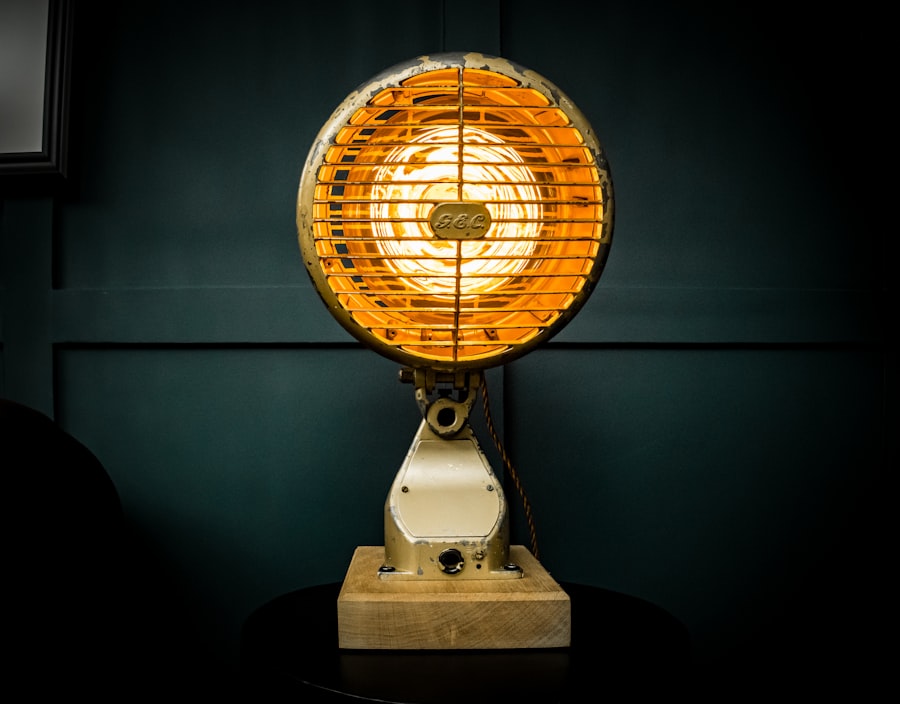
Preventing Water Freezing
To ensure that your flock has access to fresh water in winter, it’s important to use heated waterers or heated bases to prevent water from freezing. These devices are designed to keep water at a safe temperature for drinking without posing a risk of fire or injury.
Maintenance and Hygiene
It’s also important to regularly check waterers for ice buildup and clean them as needed to prevent contamination.
Ensuring Access to Fresh Water
Additionally, it’s a good idea to provide multiple waterers in case one freezes or becomes inaccessible. By ensuring access to fresh water in freezing temperatures, you can help prevent dehydration and keep your chickens healthy throughout the winter months.
Monitoring the health and behavior of chickens in the snow
During the winter months, it’s important to monitor the health and behavior of your chickens closely to ensure that they are coping well with the cold weather. This includes observing their activity levels, appetite, and overall demeanor on a daily basis. Signs of distress or illness may include lethargy, decreased appetite, huddling together for warmth, or signs of respiratory issues such as coughing or sneezing.
It’s also important to regularly check for signs of frostbite on their combs, wattles, feet, and legs, as well as signs of mites or lice that may become more prevalent during colder months. By monitoring the health and behavior of your chickens in the snow, you can quickly identify any issues and take appropriate action to ensure their well-being. In conclusion, understanding the needs of chickens in winter is essential for providing proper care and ensuring their health and well-being throughout the colder months.
By providing a warm and dry shelter, insulating the coop, using heat lamps or heaters safely, providing extra bedding for warmth, ensuring access to fresh water in freezing temperatures, and monitoring their health and behavior closely, you can help your flock stay healthy and comfortable despite the challenges of winter. With proper care and attention, your chickens can thrive even in snowy conditions.
If you’re looking for ways to keep your chickens warm in the snow, you might want to check out this article on how to insulate your chicken coop. It offers helpful tips on how to keep your chickens comfortable and safe during the winter months.
FAQs
How can I keep my chickens warm in the snow?
To keep your chickens warm in the snow, you can provide them with a well-insulated coop, use heat lamps or heated pads, and ensure they have access to fresh water and food.
What should I consider when building a coop for my chickens in snowy conditions?
When building a coop for snowy conditions, it’s important to ensure it is well-insulated, draft-free, and has adequate ventilation. You should also consider using materials that can withstand cold temperatures and moisture.
Are there specific breeds of chickens that are better suited for snowy climates?
Yes, some chicken breeds are better suited for snowy climates due to their cold-hardy nature. Breeds such as the Plymouth Rock, Orpington, and Wyandotte are known for their ability to withstand cold temperatures.
Should I use heat lamps or heated pads to keep my chickens warm in the snow?
Both heat lamps and heated pads can be effective in keeping chickens warm in the snow. However, it’s important to use them safely and ensure they are installed in a way that reduces the risk of fire and injury to the chickens.
How can I ensure my chickens have access to fresh water in snowy conditions?
To ensure your chickens have access to fresh water in snowy conditions, you can use heated waterers or manually check and refill their water containers multiple times a day to prevent freezing.
Meet Walter, the feathered-friend fanatic of Florida! Nestled in the sunshine state, Walter struts through life with his feathered companions, clucking his way to happiness. With a coop that’s fancier than a five-star hotel, he’s the Don Juan of the chicken world. When he’s not teaching his hens to do the cha-cha, you’ll find him in a heated debate with his prized rooster, Sir Clucks-a-Lot. Walter’s poultry passion is no yolk; he’s the sunny-side-up guy you never knew you needed in your flock of friends!

